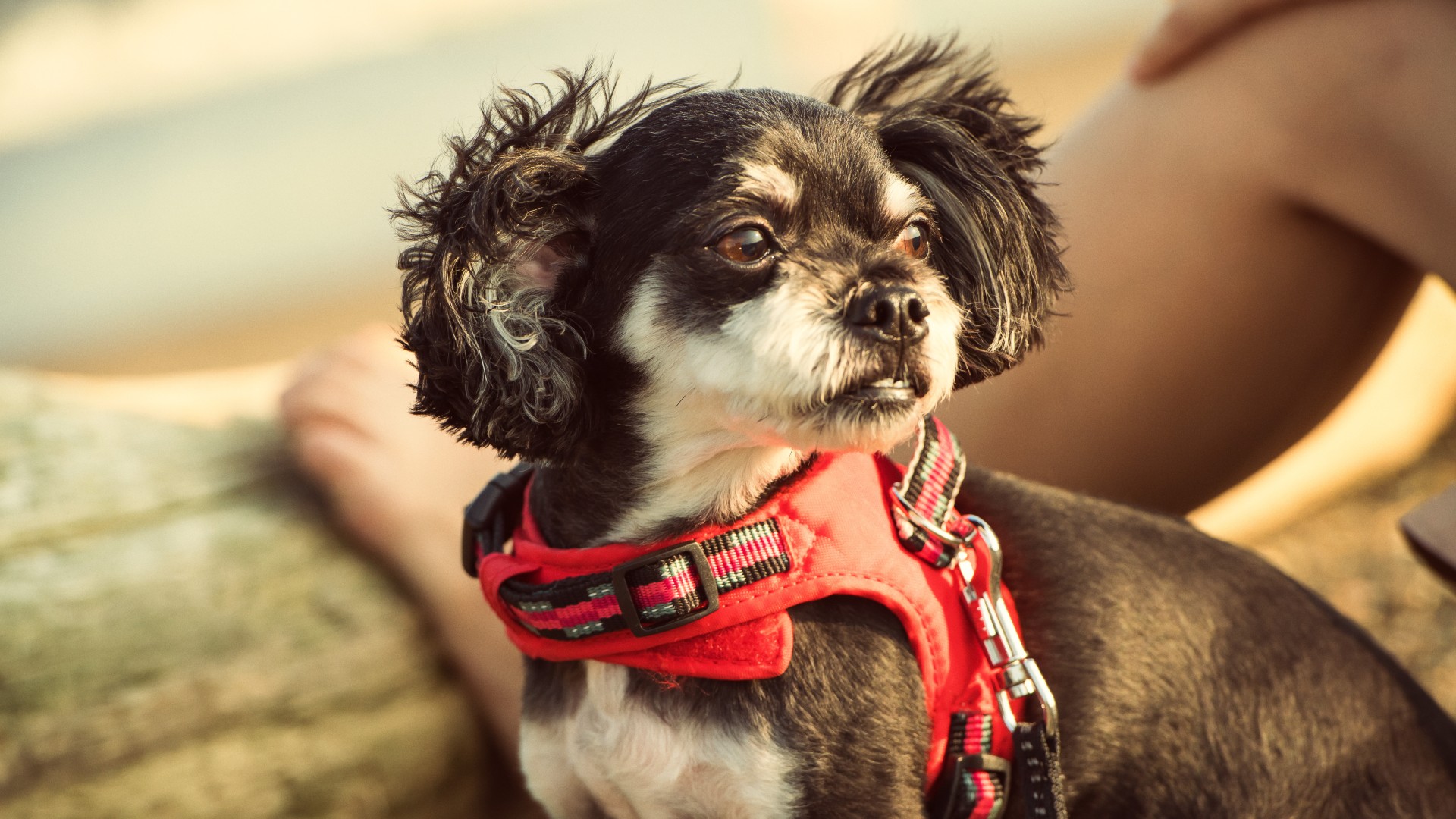
Not all dog parents use harnesses, but those that do often find that they’re a good option for dogs who can get hyperactive or boisterous, or are fond of pulling on their leash, as it can help prevent them from straining their neck too much.
However, it can be quite tricky to actually get one of the best dog harnesses on your pup, even if they don’t mind wearing it when it’s on them. Maybe your dog tends to go a little wiggly when they’re excited or nervous, or perhaps they simply aren’t fond of things going over their head.
If you’re trying in vain to put a harness on your pup, certified dog trainer Melissa Goodman of Mission Pawsitive has some advice to share in a recent Instagram post.
“If your dog is nervous or fidgets when having their harness put on,” she explains, “Stick your arm through with a treat and slide it over their head.” This will be particularly effective if your pup is food-motivated, but even just the distraction can be effective.
Goodman goes on to recommend teaching your dog to stand on cue, as this can be helpful when you’re putting a harness on them. And, of course, don’t forget to give them a treat at the end for being calm and brave – especially if they’re usually quite wiggly or anxious when they’re harness goes on!
If you’re struggling with putting a harness on your pup, you may be asking the question, is it safe to leave a harness on a dog all the time?
Generally, a harness is going to be safer than a collar. However, there are risks to harnesses. They could rub the armpits, or restrict blood flow if they aren’t fitted properly. So, it’s okay to leave your dog in a harness all day but only if they’re supervised while they’re wearing it.
If you’re leaving them alone for a few hours to go to work or go shopping, for example, it might be best to take the harness off. After all, you can always follow Goodman’s advice when you need to put the harness on next time!
And if you’re wondering why your dog hates their harness and how to encourage them to use it, there could be a number of reasons. They might be scared or not like feeling constrained, the harness might not be the right fit, they might not like things going over their head, or they might have had a previous bad experience with a harness – this last one is particularly true for rescue dogs.
Your dog may never actively love having a harness put on them, but with Goodman’s advice, you might be able to make the experience a little more fun – or at least provide a welcome distraction.







